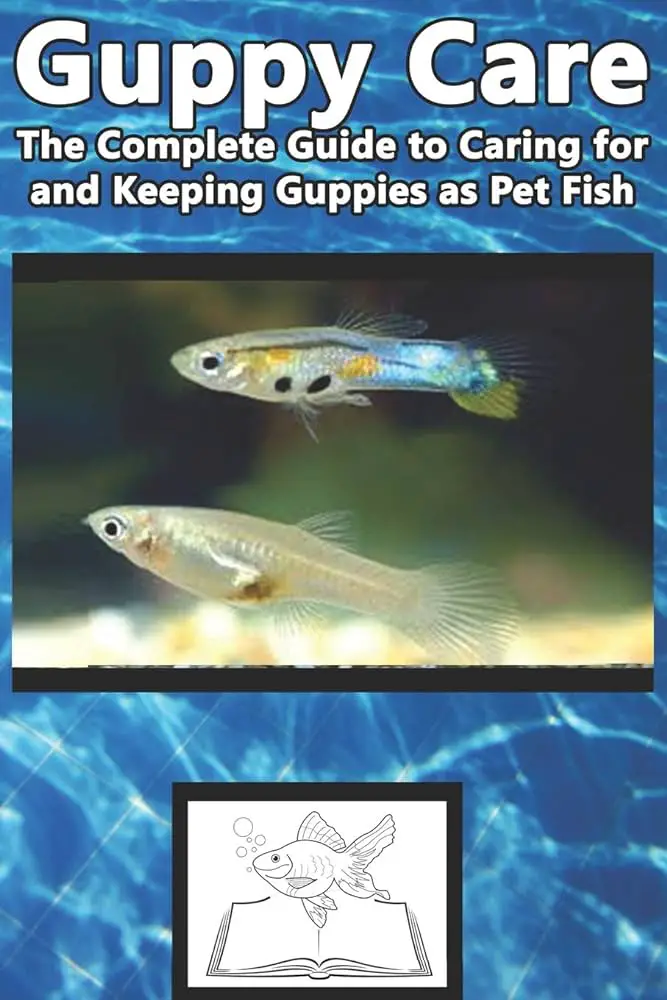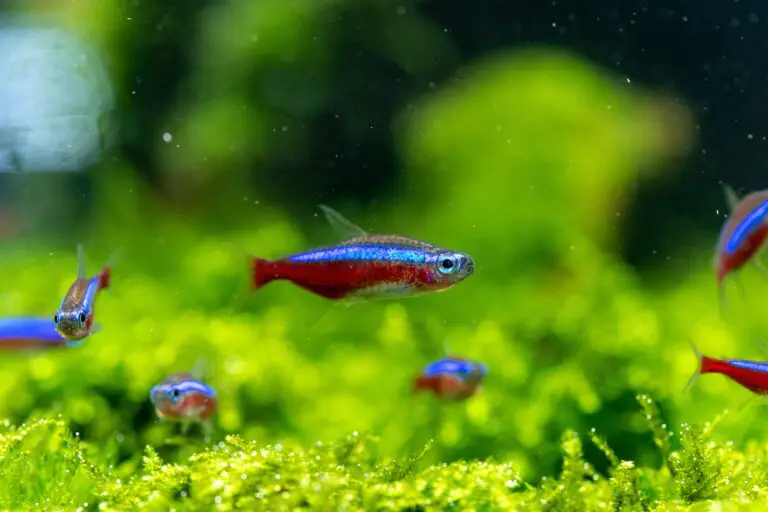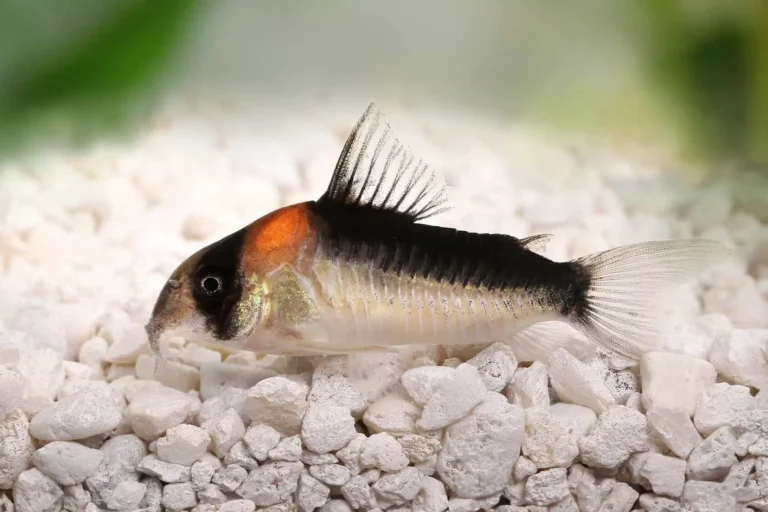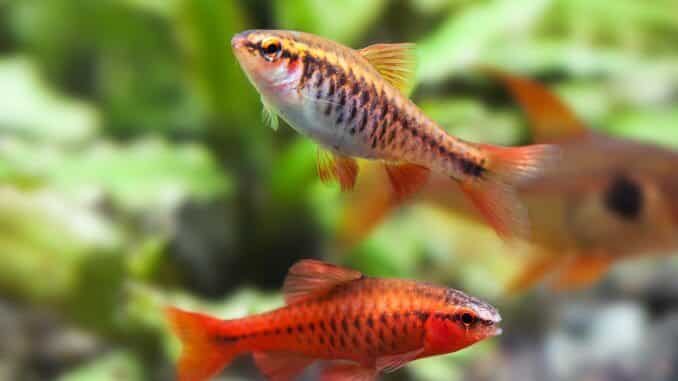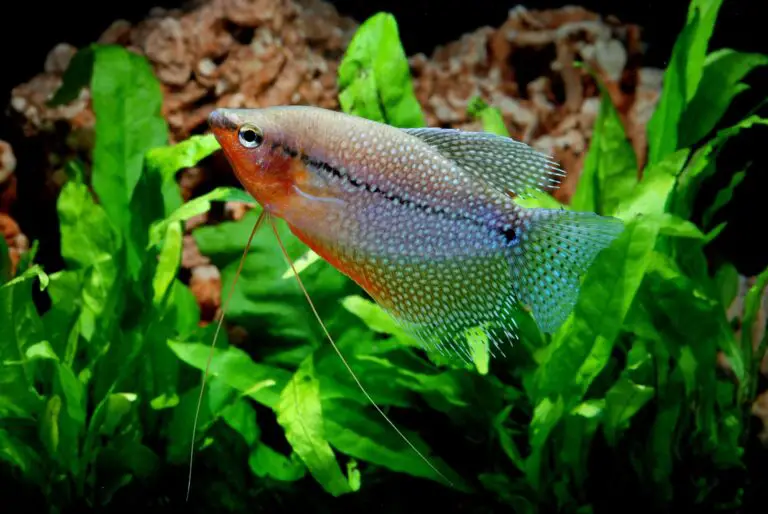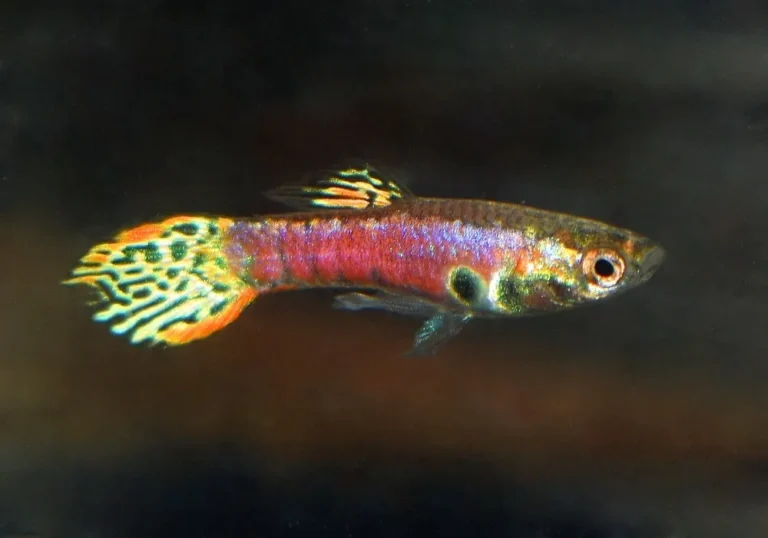Comprehensive Guppy Care Guide for Beginner Fish Keepers
Guppies are a quintessential favorite in the world of aquarium fish. Known for their vivid colors and charming personalities, these little swimmers can add a splash of life to any tank. If you’re a beginner looking to pamper these vibrant creatures, you’ve come to the right place. This comprehensive guide is designed to equip you with everything you need to know about guppy care, ensuring you provide a healthy and thriving environment for your scaly friends.
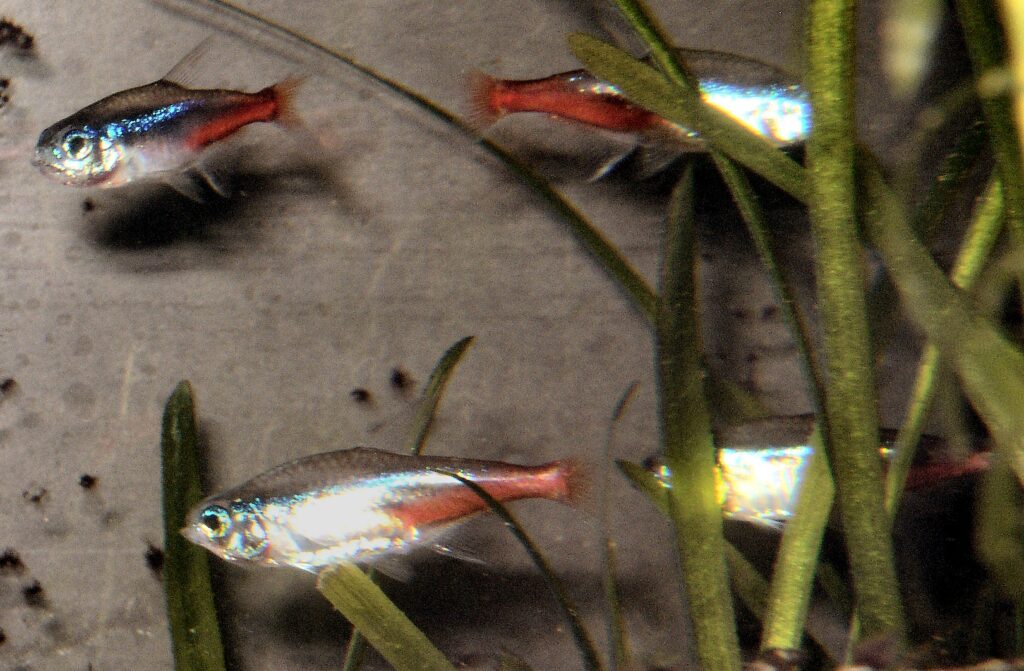
Guppy Overview
Guppies, also known as million fish, are originally from Trinidad and Tobago. They are hardy and undemanding, making them an ideal choice for new aquarists. Their small size (males usually grow to about 1.5 inches, females up to 2.4 inches) means you can keep a small school in even a modestly sized tank. What really sets guppies apart is their wide range of colors and patterns, from neon blues and vibrant reds to shimmering golds and bold greens.
Guppy Variations
The wide variety of fancy guppy strains is a treat for any hobbyist. You can find mosaic patterns, snakeskin guppies, tuxedo guppies, and even metallic and marbled ones. The options are as limitless as they are beautiful, making guppies not just a fish tank staple, but a canvas of color and shape.
Setting Up the Ideal Guppy Tank
Before bringing home your guppies, ensure their habitat is a paradise. The following considerations are essential for setting up an environment where guppies can truly thrive.
Tank Size
Guppies may be small, but they are active swimmers. A good rule of thumb is to provide at least one gallon of water for every inch of guppy in the tank. This means a small school of six guppies might start with a 10-gallon tank, but they’ll appreciate more space as your population grows or if you wish for a more spacious system where they can flourish.
Water Conditions
Guppies prefer slightly hard water with a pH between 7.0 and 8.2. The temperature should be around 74-82°F, keeping in mind that cooler temperatures can slow metabolic processes and the warmer ones can speed them up, which may impact their lifespan.
Filtration
A reliable filter is non-negotiable, as it maintains water quality by removing physical and chemical waste. A gentle filter setup is a must. Guppies don’t like strong currents, which can interfere with their swimming and breeding.
Decorations and Plants
Plants provide hiding spots and help maintain water quality. Live plants such as Java fern and anacharis also contribute to the oxygenation of the water and serve as delicious snacks! Decorations such as driftwood and aquarium-safe caves are also appreciated, especially for female guppies, who might seek shelter when pregnant.
Feeding Your Guppies
A balanced diet is crucial to the health and vitality of your guppies. Here’s how to make sure your finned friends are well-fed.
Diet Recommendations
Guppies are omnivores and enjoy a varied diet. High-quality flake food is a staple, but it should be supplemented with live and frozen food such as brine shrimp, daphnia, and bloodworms. Remember, a diverse diet ensures they receive all the necessary nutrients.
Feeding Schedule
Feed your guppies small amounts a few times a day. They have tiny stomachs and require frequent, light feedings. Overfeeding can lead to obesity and water quality issues.
Healthy Nutrition
Incorporating vegetables into their diet is beneficial. You can offer blanched zucchinis, cucumber slices, or shelled peas. These not only act as a source of fiber but also provide a source of nutrition that can mimic their natural diet found in the wild.
Guppy Health and Maintenance
Preventive care is your best approach to keeping guppies healthy. Understand the common ailments and how to maintain a clean, stable environment.
Common Health Issues
Guppies are susceptible to diseases like fin rot, ich, and velvet. These are often exacerbated by poor water quality or stress. Regular water testing and observation can catch early signs of illness. Isolating sick fish promptly is crucial to prevent the spread of diseases.
Water Quality Management
Consistency is key. Regular water changes (about 25% every two weeks for established tanks) and use of water conditioners to neutralize harmful compounds are crucial in maintaining the recommended pH levels and water hardness.
Tank Cleaning
Regular maintenance tasks include cleaning the glass, removing algae, cleaning the substrate, and maintaining filter cleanliness. However, never clean everything at once — this can cause a mini-cycle and disrupt the beneficial bacteria that stabilize your water parameters.
Breeding Guppies
Guppies are one of the easiest fish to breed in the aquarium world. Here’s the lowdown on guppy breeding and care for the fry.
Breeding Basics
Male guppies are smaller and more colorful than females. A healthy male guppy can reproduce with several females in a single day, and the females can give birth to a brood about once a month. Female guppies will store sperm, making it possible for multiple batches of fry from a single mating.
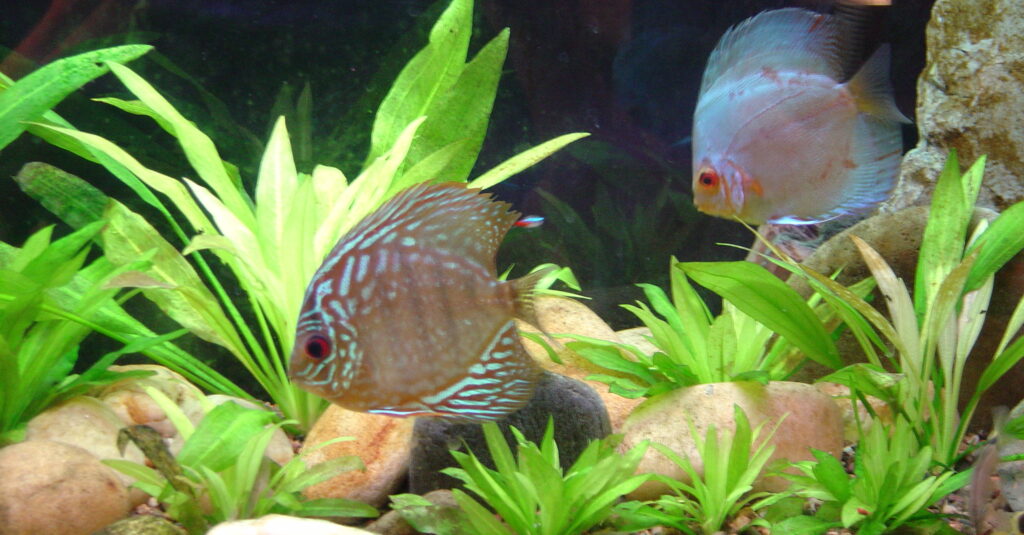
Care for Fry
The gestation period is roughly three to four weeks, and females can give birth to between 20 and 100 fry. Once born, the fry are on their own and should be removed from the main tank or provided hiding places to avoid being eaten by the adult guppies.
Breeding Environment
A separate breeding tank with dense plant coverage or a breeding trap in the main tank should be set up a few weeks before breeding. This gives the plants time to grow and provide shelter and a small, stable, and clean environment for the fry.
Guppy Community Tank Compatibility
While guppies are peaceful fish, not all tank mates are suitable.
Suitable Tank Mates
Choose tank mates that are peaceful, non-aggressive, and not prone to fin-nipping. Many beginner-friendly fish, such as mollies, platies, tetras, and Corydoras, make excellent companions for guppies. However, always monitor their interactions to ensure harmony.
Considerations for a Harmonious Aquarium
Introduce all the fish to the tank at the same time to reduce territorial disputes. Provide multiple hiding spots and enough space for all the fish. An overcrowded tank can lead to stress, which can make guppies more susceptible to disease.
In Conclusion
Your guppy tank can be a serene slice of aquatic life with a little knowledge and love. By understanding the needs of your guppies and providing them with a safe, clean, and vibrant environment, you’ll enjoy their company and the magnificent display they’ll offer with their varied colors and lively motions. Happy fishkeeping!

